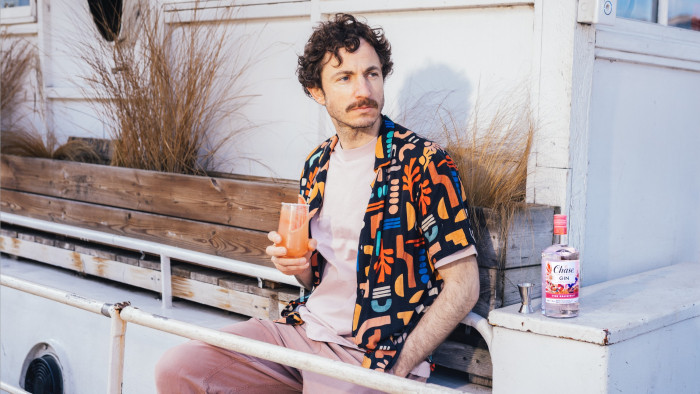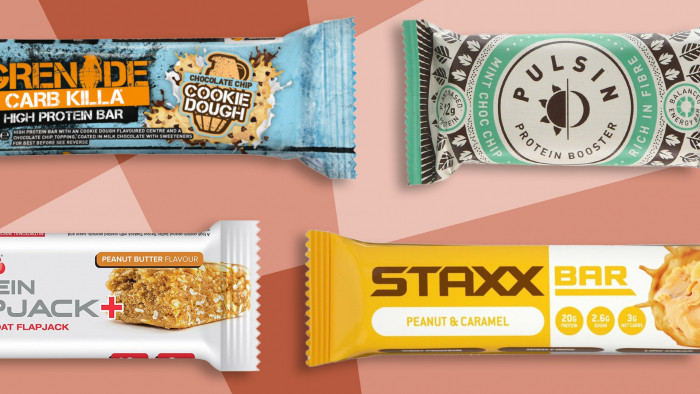At this hectic stage of the season, Formula 1 drivers are given a few weeks off between races. Luckily, Jenson Button used that time wisely by telling ShortList how he keeps on top of the demanding fitness levels required to control an F1 car at speeds of more than 200mph.
Are there specific exercises you do as an F1 driver to get you used to being cooped up in a car?
The cockpit is very tight; there is very little movement inside – only my arms and a small bit of head movement – if I could move more I would get severely hurt from the G-force. We work a lot on general strength in the winter, focusing on the bits that move as well as core conditioning. I also focus a lot more now on body alignment, stretching and prehabilitation [injury prevention] between races to ensure that I’m in the best possible shape for the next race.
F1 drivers get really hot during races – what training do you do to combat the heat?
I spend a lot of time in Japan and Hawaii, which can be very hot and humid, so I’m used to those conditions. I also ensure I arrive at such races with enough time to acclimatise.
There’s a lot of mental focus in your sport – how do you prepare for that?
I have a routine to ensure I’m focused over a race weekend. It ranges from travel arrangements to hotels I stay at, places I eat at and food I consume. It’s complex and varied but it works for me.
Talking of food, do you have to be strict with what you eat?
I follow a very strict diet. This has been modified over recent years and I consume very few carbohydrates. If I’m training I tend to have some in the morning, if I’m not training I will aim not to consume any. Those that I do eat tend to be natural – fruits and vegetables – rather than refined. I supplement my training with protein; I consume fish oils with meals and also use multivitamins, as I cannot really afford to be unwell.
What kind of gym work do you do?
I train very hard and aim to average approximately 10 hours a week. This is primarily cardiovascular in nature, which helps to keep my weight down. Strength and conditioning is also included, but has a tendency to put weight on so it needs to be closely monitored.
What’s the most extreme measure you’ve gone to in training?
I competed in a half Ironman in Miami two years ago. That was tough as the run was very hilly. Half Ironmans are extreme, as they are five hours of pushing yourself to the limit. I’ve been doing triathlons for six years, too. They are a great form of cross-training for races as they use the entire body.
Do you use any gadgetry or machines to assist your workouts?
As much as possible. F1 drivers love gadgets: heart-rate monitors, speedometers, video analysis have all been used. I’ve actually just purchased a new piece of kit that will help me measure power output on the bike, which I’m very excited about.
What about hydration – what energy drinks do you use and what do you avoid?
Lucozade/GSK has created a drink formula specific to drivers’ own taste and requirements. We have two race formulas: one geared towards ambient temperatures and one for hot, humid races. They have a special formula to minimise fluid and electrolyte loss while ensuring we get the energy we need. I avoid fizzy, sugary drinks.
Jenson’s killer tip
No matter what sport you’re doing, always ensure you’re adequately hydrated – aim for a minimum of 500ml every hour to ensure there’s no drop in your performance.
Take on Button in The Jenson Button Trust Triathlon, 19 Aug; jensonbutton.com
Latest


Ten things you need to know about Hyrox


Is clubbing actually good for you? We asked an expert


Horticulturist shares tips on how to urban garden
Related Reviews and Shortlists


Best gifts for runners that they'll actually want and use






